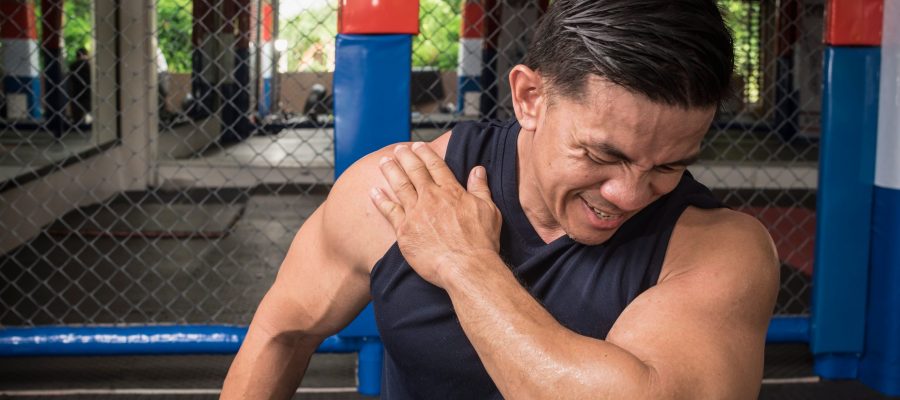
What is a Rotator Cuff Tear?
The rotator cuff is a group of muscles and tendons that attach the shoulder blade to the upper arm bone. It helps stabilize and move the shoulder joint. A rotator cuff tear is a common injury that occurs when one or more of the tendons in the rotator cuff are torn.
In patients above 60 years of age, up to 30% have a rotator cuff tear, with the prevalence increasing in older patients.
Causes and Risk Factors
Rotator cuff tears can be caused by various factors, including overuse, trauma, or degenerative changes associated with aging. Risk factors include diabetes, smoking and age.
Symptoms of Rotator Cuff Tears

Pain
Weakness when moving the arm
Limited range of motion
Difficulty performing daily activities that require overhead movement, such as reaching or lifting
However, not all patients experience symptoms with a rotator cuff tear, and it may be noted as an incidental finding on MRI scans.
Diagnosis and Imaging
If you suspect you have a rotator cuff tear, it is advisable to seek medical attention from an orthopaedic specialist (Total Orthopaedic Care & Surgery). Our doctor will first ask you questions about your injury, how it occurred, your current symptoms, and how it is affecting your daily function. He will then proceed with a careful examination of your shoulder and rule out any associated injuries within the shoulder joint.
Imaging for shoulder rotator cuff tears usually includes X-rays to screen the joint to ensure that there are no significant bony abnormalities or injuries. Further detailed imaging with an MRI (occasionally an Ultrasound) is usually needed to confirm the presence and extent of the rotator cuff tear.
Treatment Options for Rotator Cuff Tears

Treatment for rotator cuff tears typically depends on patient age, the severity of the injury, and the size of the tear.
It commonly includes non-surgical (conservative) treatments such as rest, physical therapy, and pain management during the early phase of the disease.
In more severe cases or where conservative management fails, surgical intervention to repair the rotator cuff is needed. This can be performed with an arthroscopic method, a mini-incision, or a hybrid combination of both methods.
In some patients with greater risk factors for cuff repair failure, the repair may be supplemented with a biologic patch. For more extensive rotator cuff tears, alternative options include reconstruction with a graft (Superior Capsular Reconstruction), tendon transfers to replace the deficient tendons, and occasionally, in some patients, a reverse shoulder replacement if there is also significant arthritis present.
Recovery and Rehabilitation
Rehabilitation after rotator cuff surgery typically requires physical therapy to restore strength, range of motion, and function in the shoulder joint. This may involve exercises to strengthen the muscles and tendons of the rotator cuff and improve the range of motion in the shoulder joint.
It is essential to work closely with your orthopaedic specialist to develop a treatment plan that is appropriate for your individual needs and goals. With proper treatment and rehabilitation, most people with rotator cuff tears post-surgery are able to return to their normal activities within a few weeks to months.
If you suspect you have a rotator cuff tear/injury, make an appointment with an orthopaedic specialist at Total Orthopaedic Care & Surgery for a detailed assessment of your condition.



